CHAPTER 2: Degrading of the Resource base: Land, water, and air pollution
In the previous chapter, we introduced Econewbies within the context of “Environmental Deterioration.” In this chapter, our focus shifts to the three primary environments where deterioration occurs: air, water, and land surfaces. Pollution predominantly arises from human activities.
Nature possesses an innate ability to re-use elements. For instance, when a tree sheds its leaves, they serve as nourishment for microorganisms, eventually decomposing into essential (inorganic) elements such as calcium in the soil, which are then absorbed by the roots of the tree or other plants. In nature, the concept of pollution doesn’t exist; everything is recycled.
Focussing on air first, natural sources of air pollution include forest and grassland fires, dust storms, and volcanic eruptions. While these events can cause significant disruptions, the ongoing pollution caused by human activities has far more severe effects. Major contributors include vehicle exhaust emissions, industrial smoke from factories and power plants, as well as methane emissions from livestock in the agricultural sector. Additionally, excessive noise and artificial light pollution at night can also be considered forms of air pollution.
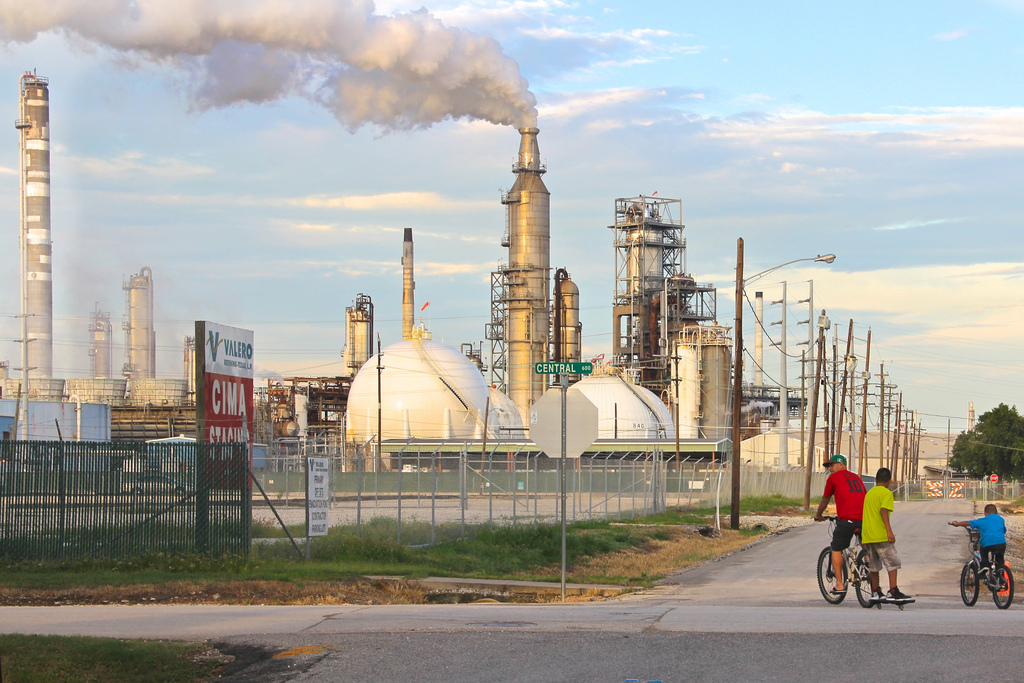
Figure 2.2: Air pollution is the accumulation of substances in the air in concentrations that endanger health and life.
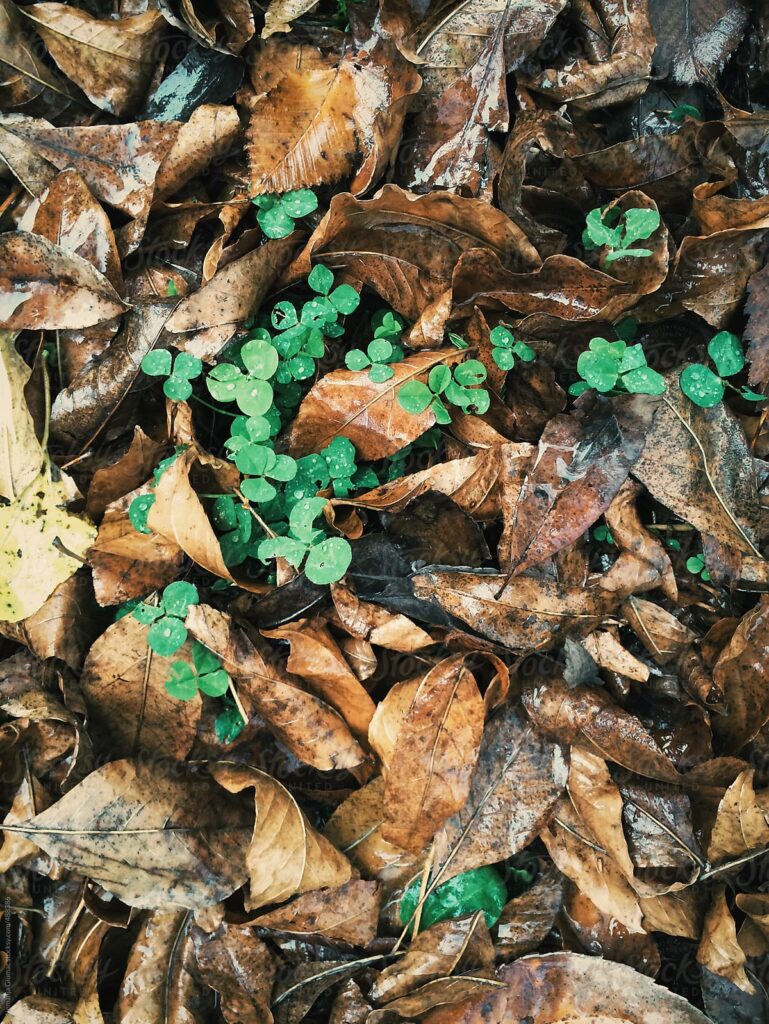
Figure 2.1: In nature there is no such thing as pollution. Everything is recycled and therefore re-used.
Air pollution occurs when particles or gaseous substances accumulate in the atmosphere at a rate faster than nature can recycle them.
Air pollution also puts natural recycling systems, such as photosynthesis which absorbs carbon dioxide from the air, under pressure.
Consequently, air pollution can be defined as the buildup of substances in the air that poses a threat to the health of humans, animals, and plants.
It further contributes to global warming as the accumulation of polluting gasses in the atmosphere results in a hothouse effect when carbon dioxide, methane gas, and other ‘greenhouse gasses’ form a type of covering around the earth’s atmosphere. This prevent the heat that is normally radiated from the earth to escape into space. The trapped heat is causing more erratic weather like worsening droughts and extreme floods on a global scale.
Consequently, air pollution can be defined as the buildup of substances in the air that poses a threat to the health of humans, animals, and plants.
Air pollution also puts natural recycling systems, such as photosynthesis which absorbs carbon dioxide from the air, under pressure.
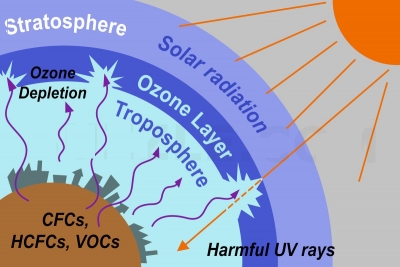
Figure 2.4: Products such as aerosols contributes to the destruction of the ozone layer.
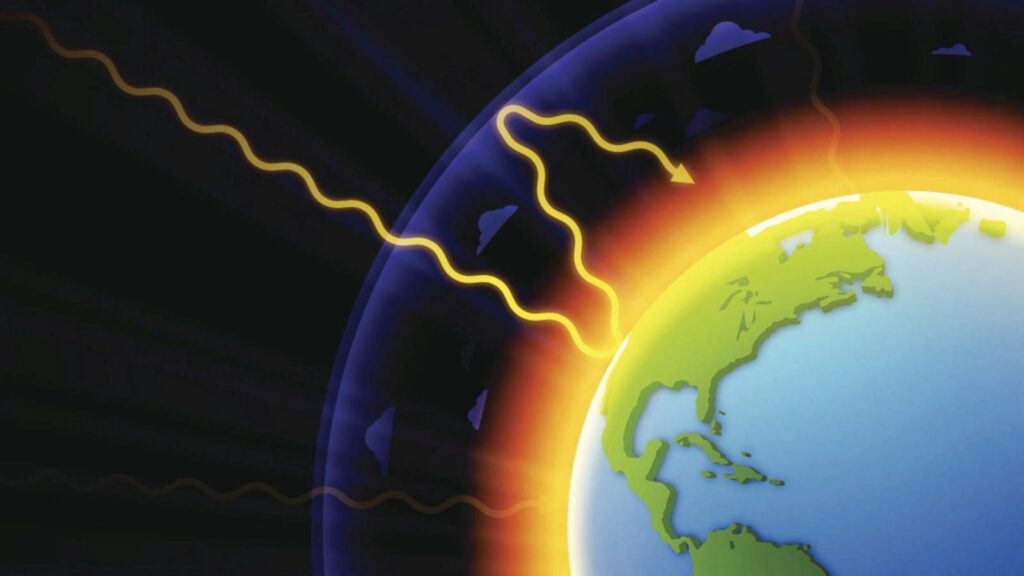
Figure 2.3: Greenhouse gasses prevent radiant heat from dissipating into space
Indoor air pollution arises when cigarette smoke jeopardizes people’s health within buildings.
Additionally, the usage of aerosol products in our homes is contributing to the depletion of the ozone layer. This protective layer encircling the Earth shields us from the sun’s detrimental ultraviolet rays. Due to the presence of holes in this layer its efficacy diminishes. Ultraviolet, or UV rays, are recognized for inducing skin cancer and exerting adverse effects on plant life and crops.
Acid rain forms through chemical reactions between greenhouse gases and vapor in the atmosphere. These reactions produce acids that return to the Earth’s surface mixed with precipitation such as rain, snow, hail, or fog. Acid rain negatively impacts soil fertility, leading to tree mortality, amphibian egg destruction, and the production of soft, unproductive bird eggs. Additionally, it corrodes buildings, statues, and fences.
Another detrimental consequence of vehicle exhaust smoke is the release of lead particles into the air. These lead compounds can be directly absorbed by the lungs of both humans and animals or can settle back onto the soil. Once in the soil, the lead compounds are taken up by the roots of plants.
Whether consumed directly or indirectly through animals that have fed on these plants, the lead compounds find their way into our bodies. The peril of lead lies in its accumulation within the human body, as it cannot be easily eliminated due to its heaviness.
Acid rain forms through chemical reactions between greenhouse gases and vapor in the atmosphere. These reactions produce acids that return to the Earth’s surface mixed with precipitation such as rain, snow, hail, or fog. Acid rain negatively impacts soil fertility, leading to tree mortality, amphibian egg destruction, and the production of soft, unproductive bird eggs. Additionally, it corrodes buildings, statues, and fences.
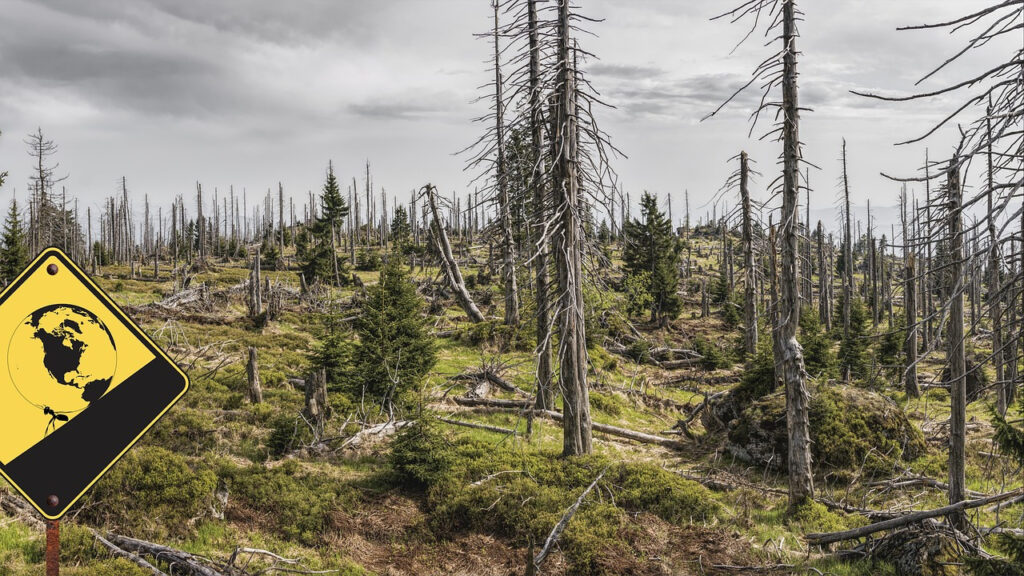
Figure 2.5: When greenhouse gasses mix with vapor in the atmosphere, it forms acid rain, hail, or snow. It kills vegetation.
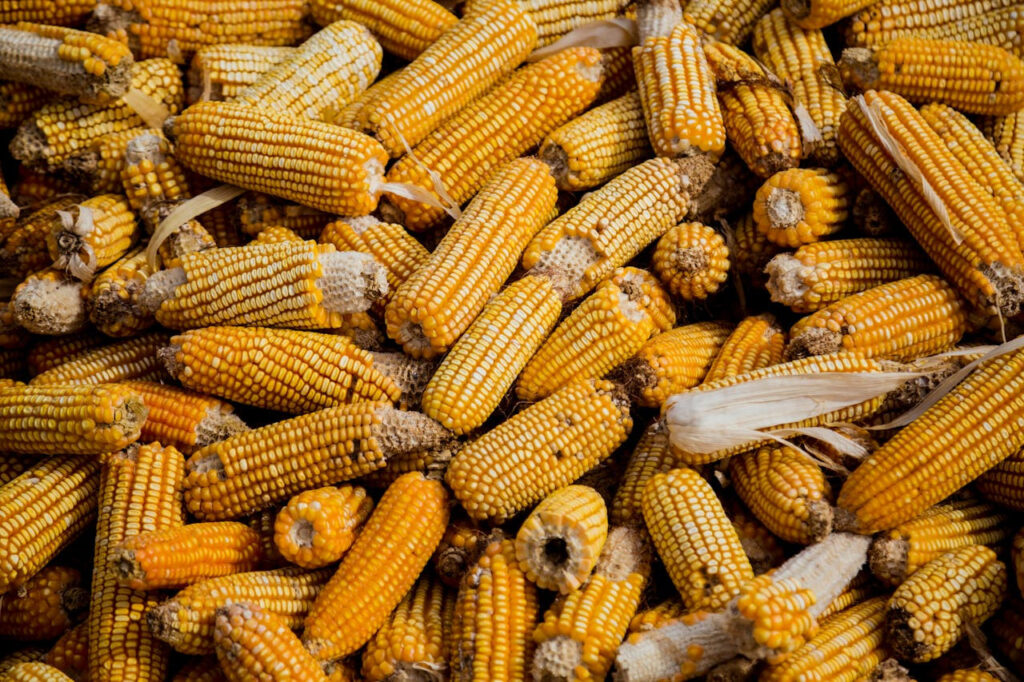
Figure 2.6: Air pollution leads to global warming which in return impacts negatively on agriculture due to flooding and droughts in different parts of the globe.
Beyond unpleasant odors, air pollution poses significant threats to human, animal, and plant health, potentially rendering the Earth inhospitable to life. Without changes to industrial practices and personal behavior, the human component of the ecosystem jeopardizes both current and future generations.
Secondly, we will focus on water pollution. It occurs when harmful chemicals are introduced into the sea, rivers, and dams from farms, industries, and municipalities to such an extent that the natural processes cannot effectively circulate and purify it. Additionally, water is polluted by the introduction of physical materials such as plastic or garbage into fresh or ocean waters. Similar to air pollution, water pollution is more severe than just being an eyesore in otherwise beautiful landscapes or seascapes. Polluted water poses a life-threatening risk to animals, vegetation living in and around it, and humans who use it, often resulting in outbreaks of diseases like cholera and typhus fever. South Africa, being a water-scarce country, requires extra care to preserve this essential resource.
Before delving further into the discussion on water pollution, it is important to address the concern of unintended consequences. Despite our well-intentioned efforts and experiments aimed at benefiting humanity, we have often utilized resources from nature without fully considering the repercussions. For instance, while the construction of dams offers advantages such as water security and flood control, it also has negative impacts on ecosystems that depend on rivers. Similarly, the practice of pumping sewage into water bodies or the sea may alleviate waste management issues in cities and towns, but it adversely affects aquatic life. Nuclear technology provides us with reliable base-load energy, but it also leaves behind hazardous waste products.
Manipulating clouds to induce rainfall may provide temporary relief, but it can disrupt the natural hydrological cycle in the long term.
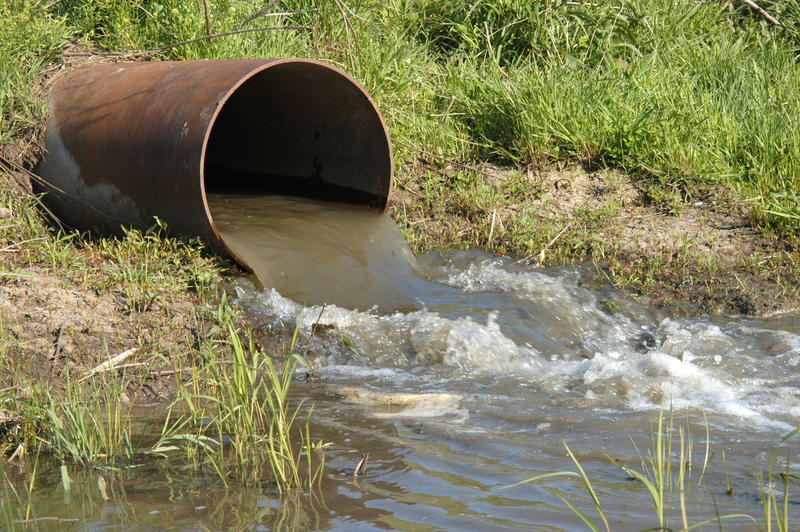
Figure 2.7: Water is polluted when chemical, physical or biological material is introduced to it in large quantities.
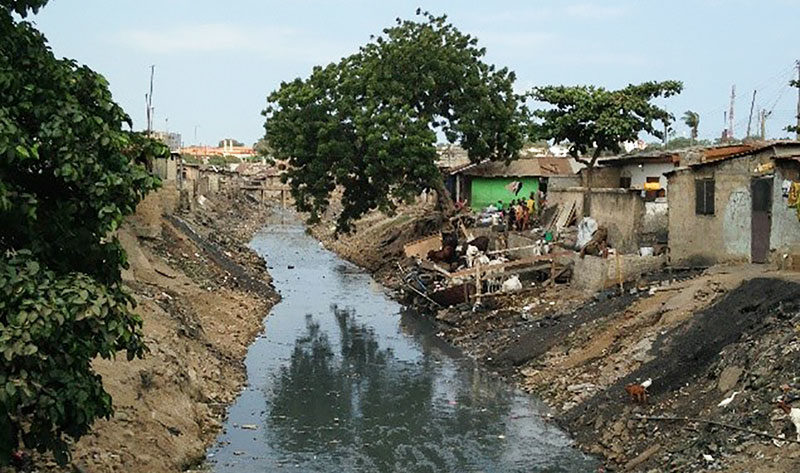
Figure 2.8: When sewage and domestic waste is released into water courses it results in bad odors and plagues like typhus fever and cholera.
Moreover, converting fertile land into urban areas or clearing established forest habitats to cultivate monoculture crops all have detrimental long-term effects on our natural support systems. These examples serve as trigger factors that often initiate unintended outcomes, akin to throwing a stone into a dam, causing ripples that impact many interconnected systems.
Early civilizations often settled near accessible water sources, using running water to dispose of sewage and waste. However, this behavior ultimately creates adverse conditions and risks for settlements downstream. Currently, in Southern Africa, we are facing this issue in our cities due to failing municipal sewage infrastructure. It is the responsibility of municipalities to ensure that sewage and domestic waste from homes are treated to a highly degradable form before being released into rivers.
Water ecosystems depend on a complex interplay of animal, plant, and microorganism interactions for their health, but pollution leads to algae blooms that deplete oxygen levels, resulting in the death of aquatic life.
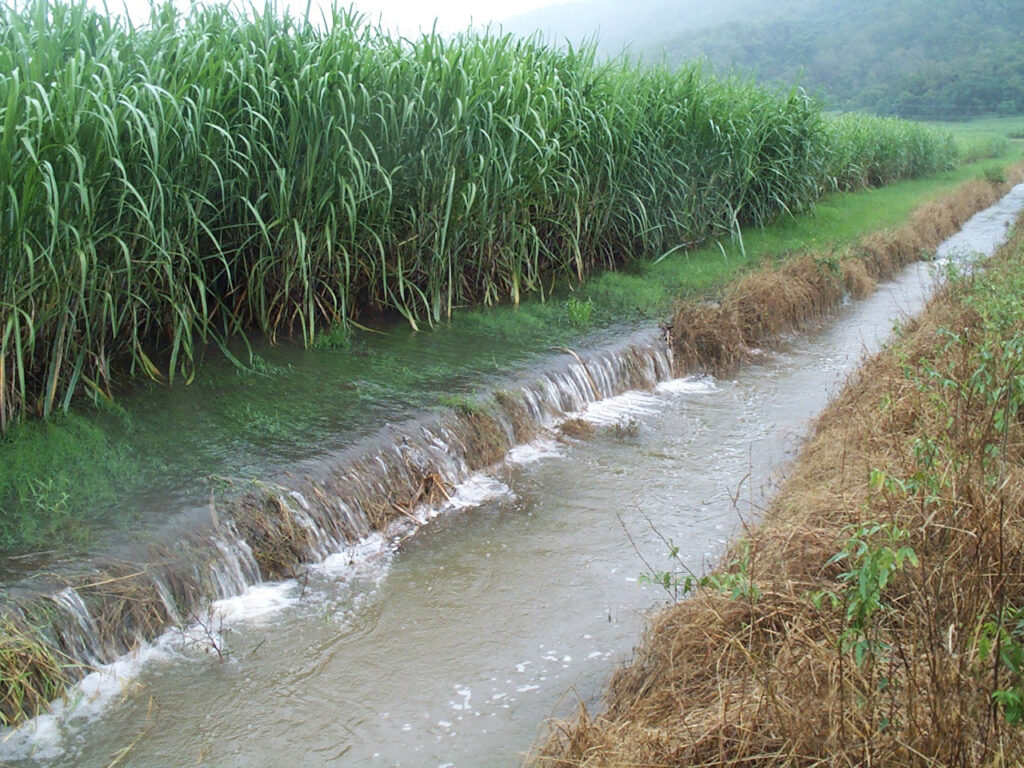
Figure 2.10: Poor drainage on agricultural lands causes chemicals like pesticides to be flushed into water course – called eutrophication.
One can sympathize with communities that do not have access to proper facilities or who are still not educated in terms of proper sewage disposal.
But when it comes to agriculture, industry, and mining, such a careless attitude should not be tolerated.
Especially gold and coal mines are culprits, releasing large quantities of acid water into water bodies. As a result toxic waste containing lead and mercury compounds enter the water cycle.
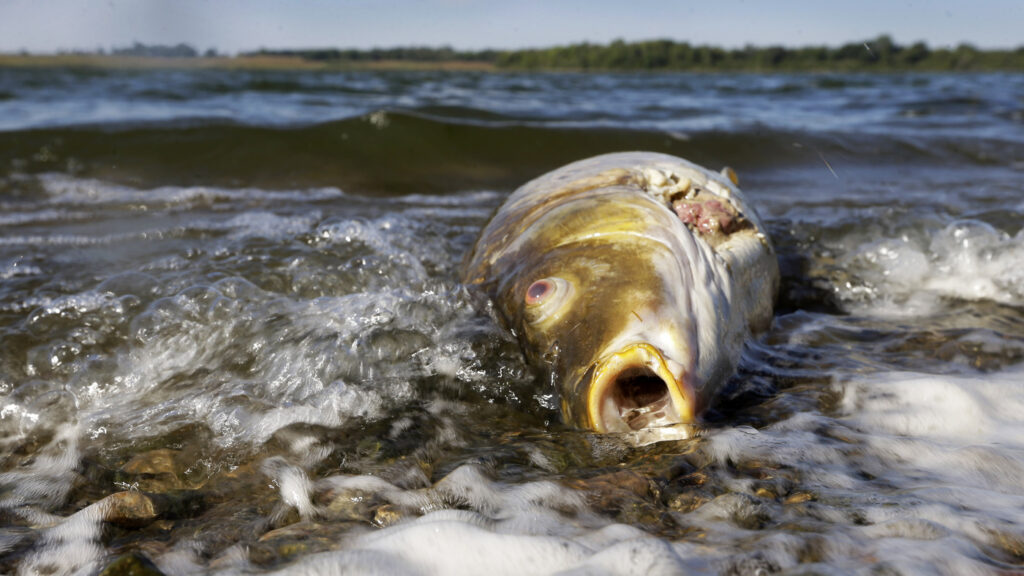
Figure 2.9: When toxic waste enters the water cycle it can lead to the death of many forms of life.
Thirdly, we will look at surface pollution, also referred to as land pollution, occurs when litter and waste materials are disposed of in public spaces such as streets, parks, picnic areas, bus stops, taxi ranks, or near shops. As waste accumulates, it begins to decompose and attracts pests such as rats and mice, rapidly turning the area into an unhealthy environment.
One of the primary reasons for this form of pollution in and around our cities today is the rapid pace at which products are manufactured and discarded.
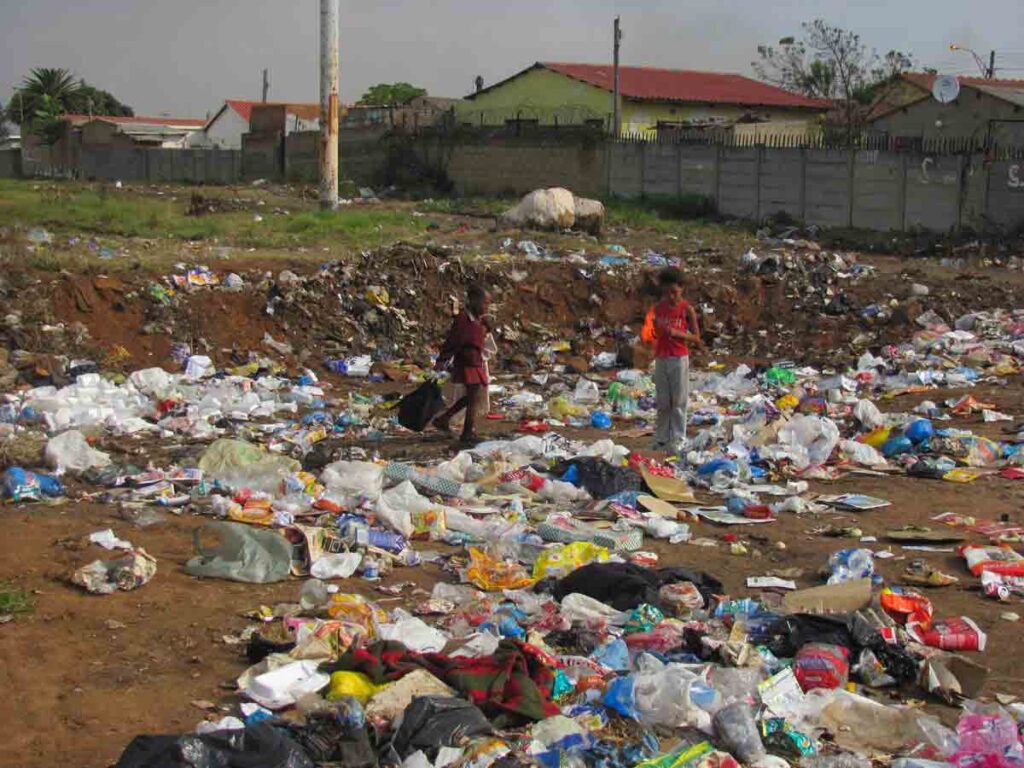
Figure 2.11: Accumulated waste that decay attract pests that carry disease and threaten the health of people.

Figure 2.12: Recycling is vital for environmentally friendly living.
Insufficient time is allocated for the extensive amounts of material waste to undergo adequate breakdown for reintroduction into the natural system. Our contemporary lifestyle stands as the primary driver of this pollution, necessitating a shift towards a new way of life to tackle the issue.
Ideas like embracing simplicity must be encouraged, alongside practical measures such as reducing, reusing, and recycling, which should be widely adopted. These actions represent some of the simplest ways for individuals and communities to contribute to forging a sustainable future.
There are three types of solid waste that can be recycled. The first type is kitchen waste, which takes from two to five months to decompose naturally. It presents a significant opportunity for composting, which can then be utilized in gardens or vegetable plots.
The second type of solid waste is non-combustible waste, comprising items that cannot be burned, such as metal objects and building rubble. These materials can take thousands of years to decay, but metal objects can be recycled, presenting a growing income-generating opportunity.
The third type of solid waste is combustible waste, including plastics, fiberglass, and rubber, which can be burned, though doing so releases harmful fumes into the air. Exposed to sunlight, combustible waste can take from 10 to 30 years to degrade, and if buried, its lifetime is practically unlimited, as most municipalities do. Implementing recycling as an alternative could significantly reduce the mass production of these products, thereby limiting the need for ore extraction through mining, which has a profound impact on the environment.
While the constitution guarantees the right to a clean and healthy environment, the reality is that we live in a world where garbage continues to accumulate. Without a serious commitment to adopting a circular economy that emphasizes material reuse, we risk burdening future generations.
Comment to activists: Remember, ringing alarm bells and complaining about wrong environmental practices means little unless we mobilize ourselves and become a change agent where we live and work. The future is in our hands.
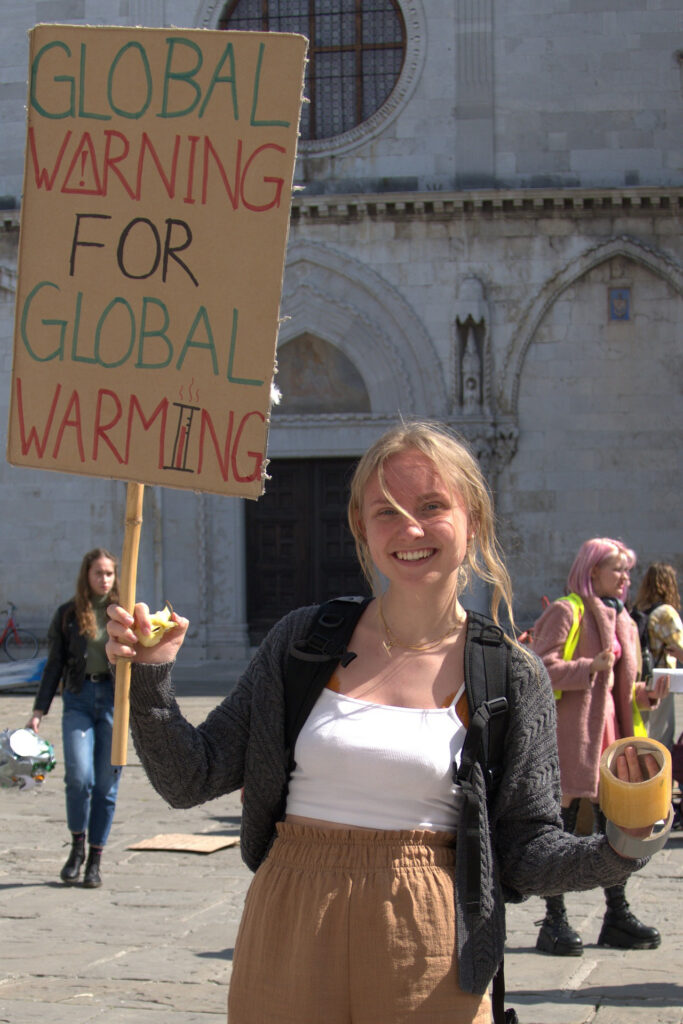
Figure 2.13: The best thing for us to do is to look after our own future interests by taking action TODAY.
However, if recycling is properly integrated into a circular economy as an alternative to the current linear model of production, use, and disposal, we can emulate nature’s regenerative processes and move towards greater sustainability. A circular economy is a system in which materials do not become waste, and nature is regenerated. In this system, products or materials are kept in circulation through processes such as maintenance, reuse, refurbishment, remanufacturing, recycling, and composting. By embracing a circular economy, we can address local and global challenges such as biodiversity loss, waste, and pollution in a positive manner.

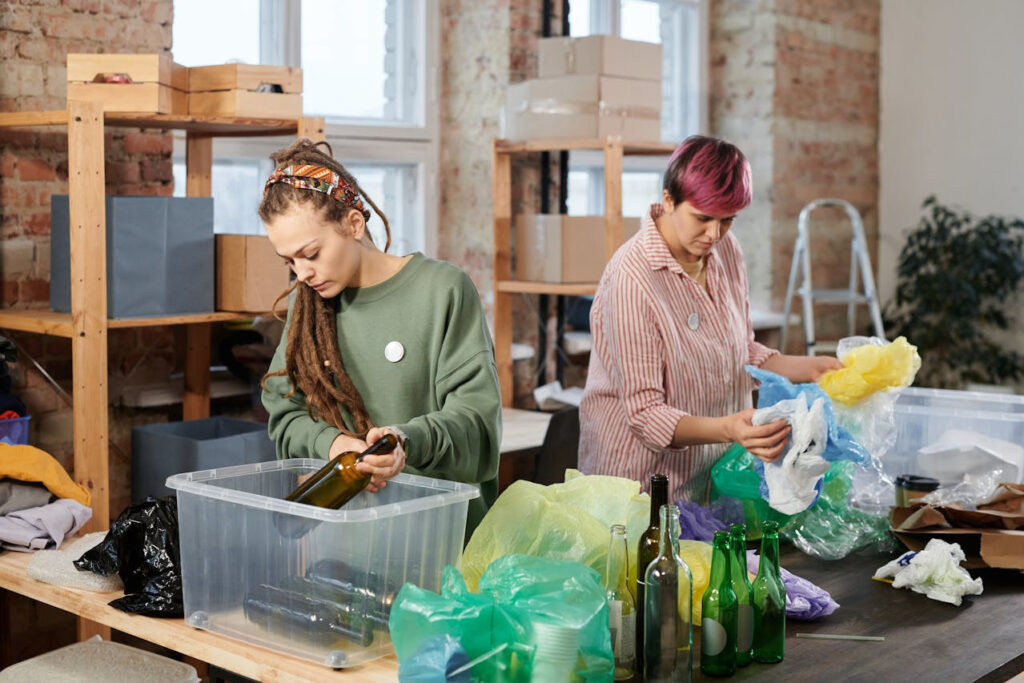

In order to achieve success, we must undertake a comprehensive transformation of every aspect of our current take-make-waste system. This includes reevaluating how we manage natural resources, produce and utilize goods, and handle materials post-consumption. Only through such a transformation can we establish a flourishing circular economy that benefits all while operating within the constraints of our planet. This endeavor holds the potential to revolutionize our disposable economy, shifting it towards one where waste is minimized, resources are reused, and the natural environment is rejuvenated. By doing so, we can tackle issues such as climate change and biodiversity loss, all while meeting essential social needs. This includes the creation of new employment opportunities and avenues for sustainable growth that serve both people and the planet as a whole.
